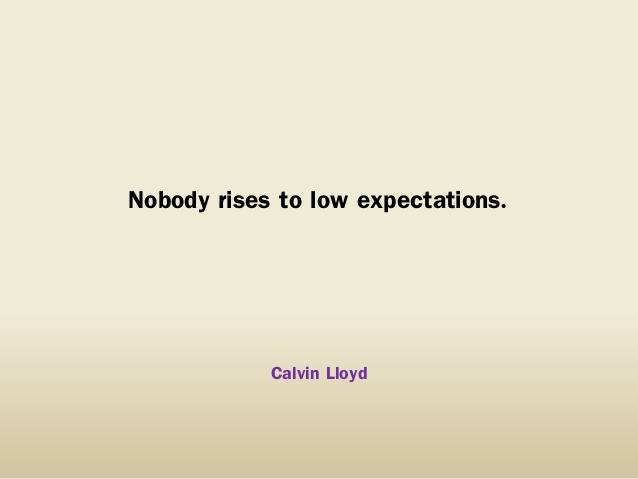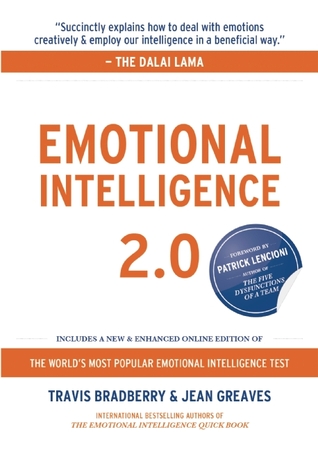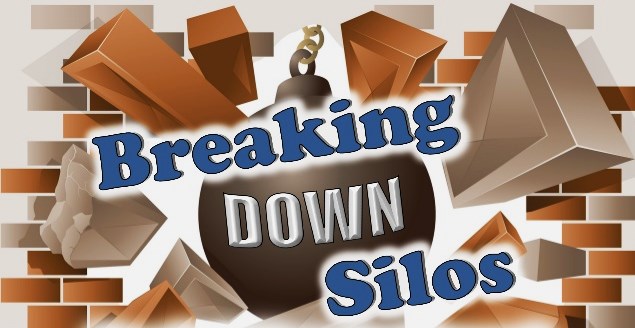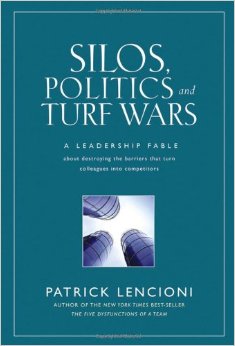 Photo Credit: Grant Wood, Wikipedia
Photo Credit: Grant Wood, Wikipedia
My poor husband. The last month has been fairly brutal. His father had a massive stroke and died a week later. Between travel to be with his dad in his last days and travel for the funeral, Dave had a packed work schedule. In the midst of that, a friend died. After PopPop’s funeral and our friend’s funeral, we settled back into another busy work week. Interrupted for me by a vicious stomach bug. Interrupted for Dave by a vigilant attempt to avoid said stomach bug. We saw little of each other as he slept in the guest room and tried to stay clear of my germs, except for kindly offering me provisions. The day that I was for sure well, he got the same bug, even harder hit than I was.
So sick, he was forced to miss the majority of a week of meetings he had helped plan and was looking forward to. Such is life when sick.
At some point in all this, I began to get grumpy.
Don’t get me wrong…there was grace upon grace for all we experienced this month. Grace upon grace.
Still, in strain, stress, and suffering we can discover a measure of what’s going on inside our hearts by what comes out of our mouths (Matthew 12:34, Proverbs 8:13 ).
Standing Up Under Pressure – Tom Macartney
My grumpiness was a product of assumptions about how life should go and arrogance that it should always go well for me. Right?
I was frustrated that Dave had to get sick after all our safeguards against it. Also frustrated that he had to miss meetings he should have been able to attend.
With both of us recovering from heart grief and grumbling tummies, grumpiness came as a default reaction. Sadly, toward each other. [I have asked his forgiveness already, by the way., and he mine].
This happens with grumpiness. Whether we are prone to it in our closest relationships or in more casual work or friend situations, grumpy begets grumpy.
As a teenager, our middle child, Nathan, had waves of grumpiness easily turned around with some cheese or a sandwich. The quicker I assessed he was hungry (“hangry” before that became a word), the faster he returned to his usual, more fun self…once his blood sugar was on the rise.
When we have chronically grumpy coworkers, they can bring a whole team down, unless we are proactive in responding to them.
Writer and entrepreneur Will Jeakle gives us a humorous and insightful read on Three Tips for Dealing with a Grumpy Employee:
1. Recognize analysis paralysis.
2. Change the subject.
3. Put Eeyore in charge of a project. – Will Jeakle
 Photo Credit: pngimg
Photo Credit: pngimg
[Click on the link above for Jeakle’s fascinating commentary on the subject. Helpful also if you are the grumpy coworker.]
One author actually talked about how being grumpy and bad-tempered can have a positive impact on your career – but I’m not sure it’s worth the risk. [So, Nathan, keep popping that protein when your grumpiness comes on.]
Why It Pays to Be Grumpy and Bad-Tempered – Zaria Gorvett
Grumpy begets grumpy if it goes unchecked. When we are grumpy to others, over and over, it is almost impossible not to react in kind. And I don’t mean kindly.
Habits can develop that lead to us isolate ourselves…especially as we age. Photo Credit: QuoteFancy
Photo Credit: QuoteFancy
Canadian writer Ian Fortey wrote a somewhat coarse and humorous (unless you’re its subject) piece on getting older. When he covered the general grumpiness of today’s older people, he made this observation:
“It doesn’t help that today’s old-folks were raised at a time when it wasn’t considered cool to talk about your problems in any kind of constructive way. You sucked it up and lived with it….Well, if you “suck it up” for 80 years it eventually just overflows onto everyone who walks past your house.”
Realtor and writer Gary Woltal also speaks with understanding on this same topic: The negativity [in old age] comes from regrets they harbor about missteps in their judgment, hard feelings about words inflicted upon them along the way, omissions of things they should have said and done, and just life’s disappointments…Unfortunately, I think they also believe they will have no good legacy. The fact is starting TODAY we ALL can have a great legacy if we work at it. We all should not go through life with hard hearts.
Check yourself in the mirror today and use a few role models I have used on how you want to exit stage left someday. Women or men, think of these great celebrities who left us with nary a discouraging word said about them. Lou Gehrig, Jimmy Stewart, Fred Rogers, Red Skelton, Mother Teresa. – Gary Woltal
Some Day You Won’t Have Me to Kick Around Anymore – Gary Woltal
Previously I wrote on negativism and its cost and cure which you might also find helpful if you missed it first time around.
Dave and I are off to a new week…all forgiven…and hopefully not too wounded or wary from the brushes with grumpiness of the weeks prior. If you’re finding yourself in a season of grumpiness, my hope is that you can turn that ship around before grumpy begins to define you.
We all don’t have to be saints, but we can leave behind people feeling like this about us: “When you were born, you were crying and everyone around you was smiling. Live your life so that when you die, you’re the one smiling, and everyone around you is crying.” – Gary Woltal
Three Tips for Dealing with a Grumpy Employee – Will Jeakle
Monday Morning Moment – Negativism – Its Cost and Cure – Deb Mills Writer































